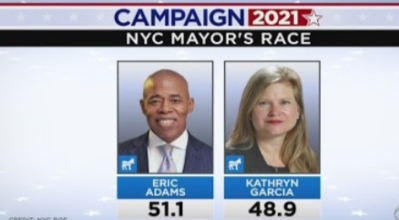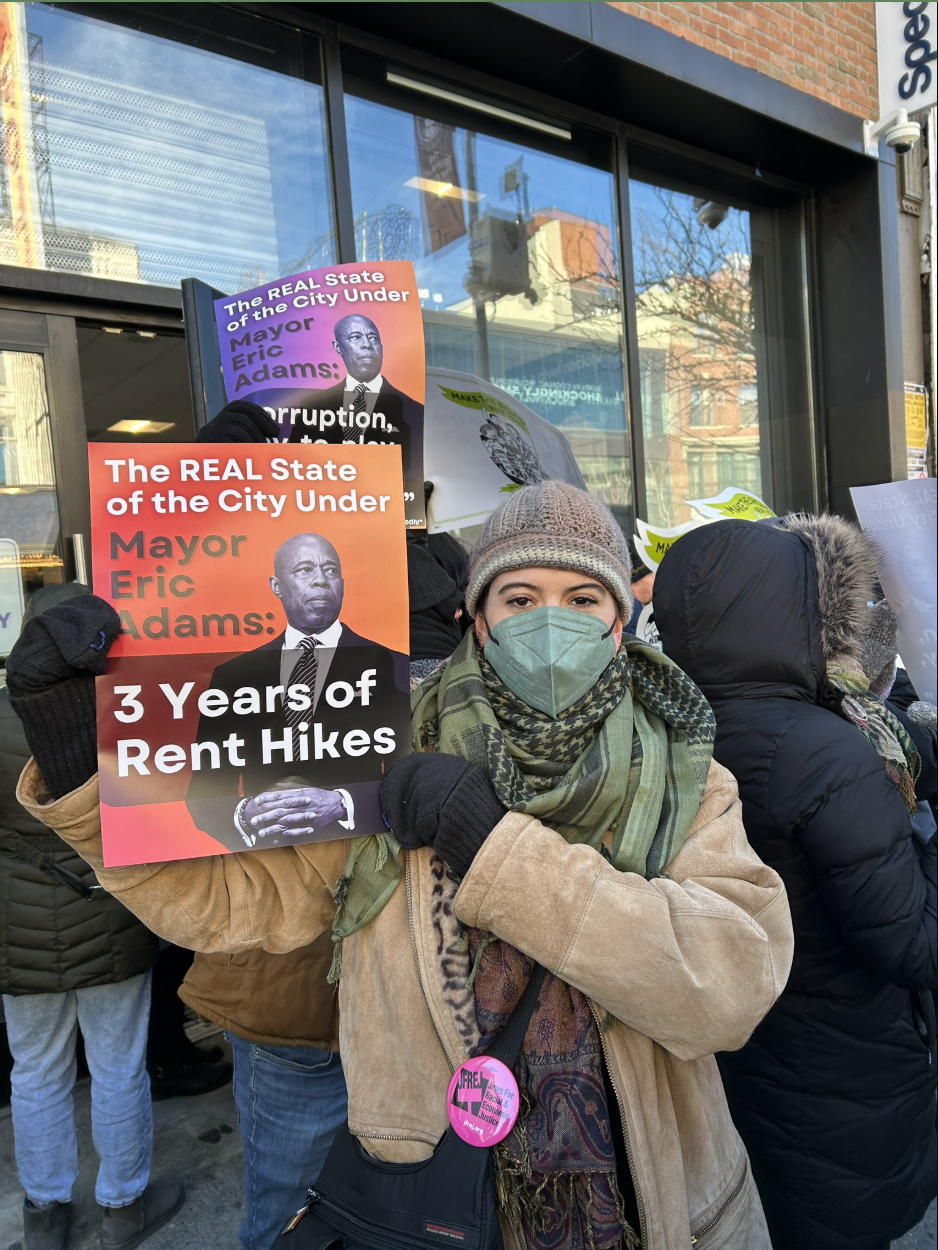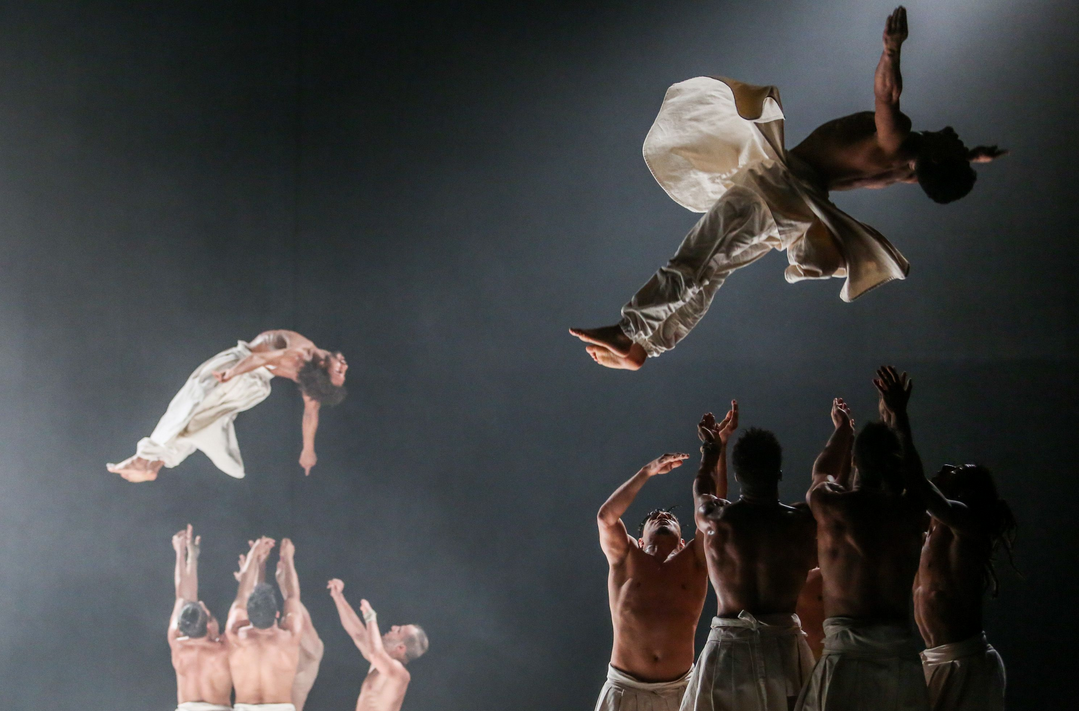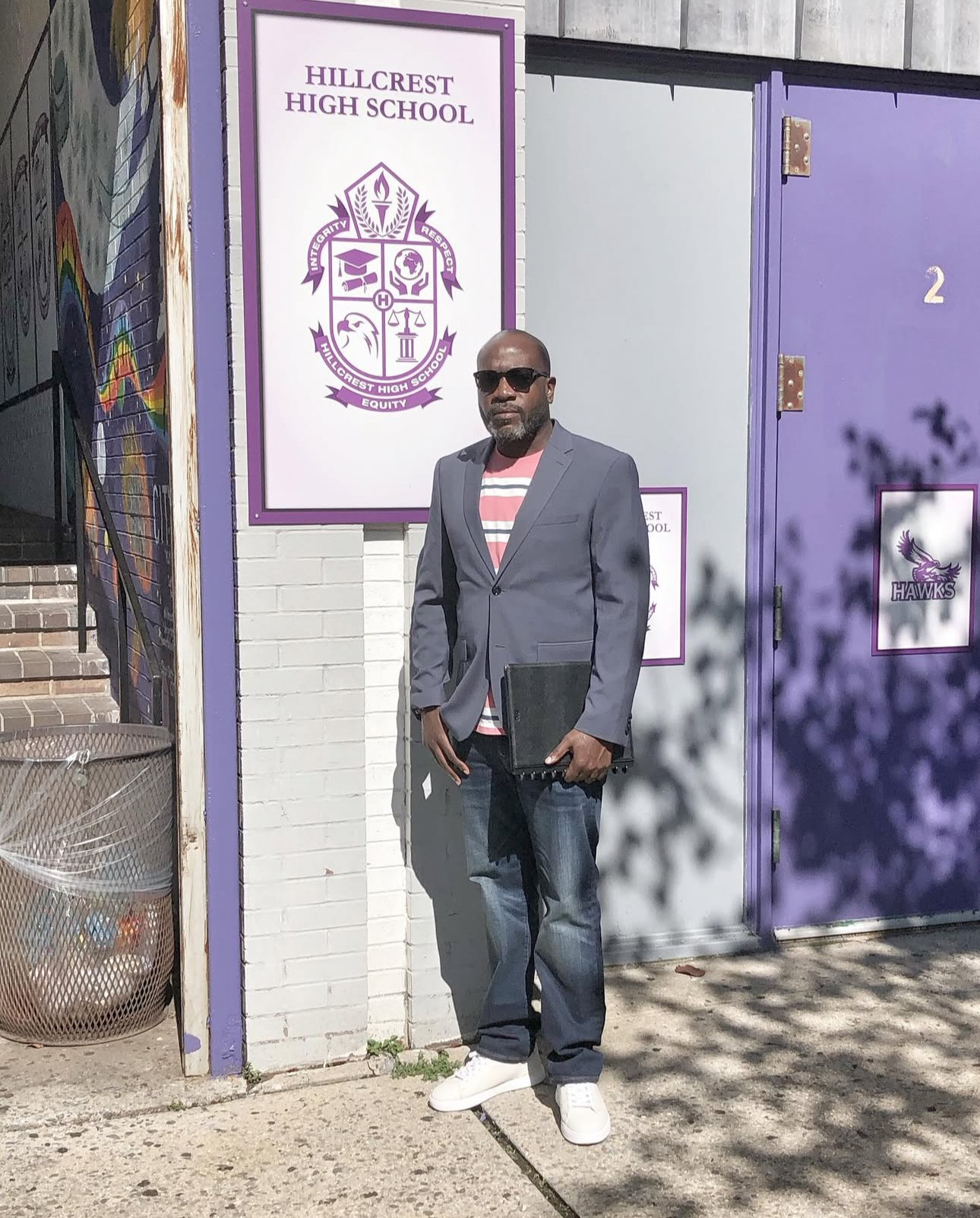Photo: YouTube
In the South, reactionary forces hostile to Black political power have resorted to bogus voter ID laws, voter roll purges, false claims of election fraud, and the elimination of early voting to reduce Black participation. In New York City, a liberal establishment anxious about a rising independent Black politics has resorted to confusing “ranked choice” voting, dubious “expose” news stories, a white and Asian campaign alliance – and now phantom ballots that mysteriously appear in a recount and serve to weaken the candidacy of Eric Adams.
The incidents should be reminiscent of the 19th century shenanigans of Boss Tweed and the Tammany Hall Democratic machine – but this is taking place under the high-minded politics of the progressive Democrats.
Let’s start from the beginning of this strange political process: early indications from the June primary showed Brooklyn Borough President Eric Adams with the upper hand. Adams, a former police officer in the NYPD, heads a centrist coalition with a power base in the Black community. He ran on a platform of public safety, restoring middle class jobs, and focusing on the needs of the neighborhoods in the outer boroughs rather than the Manhattan elites.
His campaign proposes to redeem an independent Black politics. It questions the allegiance of the Black political class to a predominately white progressive agenda. Too many politicians are closely allied with this agenda – to the neglect of a practical agenda favored by the majority Black community. The Amsterdam News, for example, endorsed the progressive campaign of opponent Maya Wiley.
The Adams insurgency has encountered persistent attempts to derail it from several fronts in the liberal establishment. The New York Times, for example, ran front-page stories with the apparent goal of sullying his reputation. One attacked him for accepting contributions from the real estate industry – a legal source of funds used by many candidates. In the fashion of the paparazzi, its reporters trailed him home and interviewed his neighbors to discover where he sleeps. Adams has an apartment in Brooklyn and shares another with a girlfriend in New Jersey. Neither of the stories uncovered evidence of wrong-doing but were written with the tones of revelation.
Meanwhile, the progressive administration of Mayor Bill de Blasio was the source of two primary candidates. Both campaigns borrowed a page from the race and ethnic blending tactics of his 2013 primary election – where his biracial family was prominently featured to peel away voters from a Black opponent.
In this scenario, one candidate is Kathryn Garcia, a white woman who led the sanitation department and has a Spanish surname from marriage. The other is Maya Wiley, a Black woman who led a police review board and is married to a white man. Both campaigns promised to carry on the center-left policies of the de Blasio administration that relies on expensive big government remedies for individual needs. The New York Times and The New York Daily News endorsed Kathryn Garcia – the less doctrinaire candidate.
Understand that race and ethnicity are major features in the city’s politics. Black voters comprise about 26 percent of the city population and play a swing role in politics. As a voting bloc, they are competitive with the shrinking 33 percent white, 26 percent Latino and 13 percent Asian according to “The Changing Make Up of New York City Neighborhoods,” a 2010 study by the Furman Center. However, Black voters tend to turnout at higher rates than the other minority groups.
As Adams surged, other obstacles were placed in his way to slow the coalition. The campaign of Andrew Yang plotted to forge an Asian-white alliance with the Garcia campaign. They encouraged voters to omit Adams name in the five choices allowed under the ranked choice system. No other candidate was targeted in this way.
The first round of the voting system known as “rank choice voting” showed Adams with a 10-point advantage – about 75,000 votes – over the second-place candidate, Wiley. After initial results of the vote-counting showed Adams with a handy lead, it was unclear how the political establishment would react. That’s when the most curious of all the seeming efforts to weaken his candidacy occurred.
The other shoe dropped this week when the NY Board of Elections tainted the voting pool with the addition of 135,000 false ballots. It only acknowledged the “discrepancy” after it was pointed out by the Adams campaign – which saw its lead shrink dramatically in the aftermath. The BOE mistake raises doubts about the integrity of the voting pool, the credibility of ranked choice voting, and the legitimacy of the Garcia campaign that stands to benefit.
The BOE attempt to justify the integration of nearly 135,000 phantom “test” ballots in the pool of about 800,000 in-person ballots is head scratching. It pointed to the Rank Choice Voting Resource Center – a company that handles computerized tabulations – as part of the blame. The BOE is an independent bipartisan agency with a record of clumsy results and the latest one strains the limits of credulity. Already, voters are on high alert after the false claims of voting manipulation during the presidential election. If the incident was simply an accounting accident, as explained by the BOE, why would the 135,000 fake ballots seem to overwhelmingly favor the third place candidate of the establishment?
Garcia trailed Adams by a handy 95,000 votes. The BOE recount had her leap-frogging Wiley and getting within shouting distance of Adams. While her campaign was not the first choice of progressives, it was probably more acceptable to the liberal establishment than the Wiley campaign.
The BOE promised to restore the original voting pool and recently issued a new interim tabulation. It only served to create even more doubts with a similar outcome as the fake ballot results – Adams held a narrow lead over the “surging” Garcia. But how can voters have trust that the BOE removed the test ballots to satisfaction? And how can it ensure that no illegitimate ballots that favored a particular outcome were substituted for legitimate ballots?
In short, there is a reasonable argument that the agency that caused the error and confusion is not in a position to fix it – that the voting pool may have been irredeemable tainted? It could require either the courts, the state attorney general, or the U.S. Department of Justice to intervene and restore credibility in the primary election process.
In addition to the phantom ballots, the election board used a curious sequence in tabulating the voting results. There were still nearly 125,000 uncounted absentee ballots to be included. It seems that the BOE should have tallied all of the final ballots – from in-person & absentee voters – before engaging in the ranked choice process? Whatever results it issues next will serve to create more confusion and doubts.
The RCV system was touted as an instrument of fairness to minority voters. But it can more likely give undue advantage to an educated and engaged white plurality. It has the built-in criteria of an at-large election – that requires a 50-plus percent margin to victory in the first round – with the addition of a high information threshold that favors educated elites. The Adams campaign considered a lawsuit to question the fairness of the system and may have to reconsider one?
In closing, the NY Board of Elections may have triggered a bigger problem for the Democratic Party than a mere technical error. It has created the appearance of an on-going effort by the political establishment to disenfranchise moderate voters – and to squash a drive for Black political independence.
Roger House is an associate professor of American studies at Emerson College in Boston and the author of “Blue Smoke: The Recorded Journey of Big Bill Broonzy.” He grew up in East Elmhurst, Queens, attended the public schools, and received his undergraduate degree in history from Columbia University. This article is reprinted from The Brooklyn Eagle.









Comments are closed.